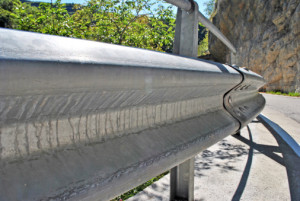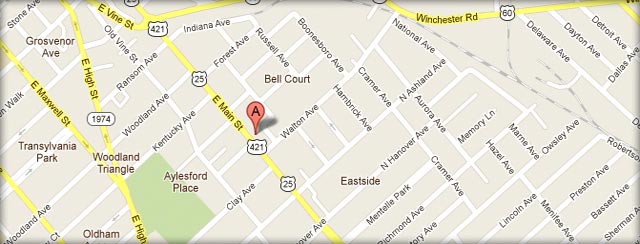- ATV accidents
- Brain Injuries
- Bus Accident
- Car Accidents
- Construction Accident
- Distracted Driving
- Drugged Driving Accident
- DUI
- Firm News
- Mass Tort
- Medical Malpractice
- Motorcycle Accidents
- Pedestrian Accidents
- Personal Injury
- Product Liability
- Safety
- Social Security Disability
- Truck Accidents
- Vehicle Accidents
- Workers Compensation
- Workplace Injuries

There is a new development in the investigation of the controversial ET-Plus guardrail. In a report, regulators say the guardrail performed correctly in crash tests required by the Federal Highway Administration (FHWA).
A task force of engineers from the FHWA and the American Association of State Highway and Transportation Officials reviewed measurement data on 1,048 guardrails in five states and found no evidence that there are multiple versions of the guardrail on U.S. roadways despite claims to the contrary.
Trinity Industries, the maker of the ET-Plus, has been involved in a legal dispute with competitors over allegations that it shortened the device’s end terminal in 2005 without notifying the FHWA. Critics say the alleged change resulted in a design defect that caused the guardrail to crumple rather than absorb the shock of a crash, leading to serious injuries and deaths when pieces of the rail pierced cars.
Last year, a Texas jury awarded $175 million to the whistleblower in a False Claims Act lawsuit, finding that Trinity made a fraudulent claim when it sought eligibility for the ET-Plus without telling the FHWA about its modifications.
Throughout the controversy, Trinity has denied wrongdoing.
Currently, 30 states including Kentucky have banned the installation of the ET-Plus. However, one of our previous blog posts discussed the challenges that states face in determining how many of the devices are currently in use on their roadways, particularly because many have not inventoried them. Kentucky only has records dating from 2007 because there was no database to track them before then.
The task force concluded there was no evidence to suggest there are multiple versions of the ET-Plus guardrails on the roadways. The task force found no sign of an ET-Plus guardrail head with the disputed 4-inch guide channel, which was what the whistleblower case hinged upon. The defendant in that case asserted that Trinity shortened the guardrail head from its approved dimension of 5 inches, which is what caused the potentially deadly defect.
Another task force was assigned to detect whether the ET-Plus has vulnerabilities that make it prone to malfunction. They just announced that the device passed all eight crash tests devised to determine whether the ET-Plus met the safety criteria required by the federal government.
FHWA Deputy Administrator Greg Nadeau said the ET-Plus meets crash requirements and the measurements do not support the allegation that Trinity manufactured a second version of the guardrail cap, according to The Washington Post. Nadeau said the agency would continue to evaluate guardrail crashes.
Despite the findings, critics contend that the retesting methodology was faulty, going as far as to tell The New York Times that it looked like the government is not being transparent with the public. Six U.S. senators have asked the Government Accountability Office to investigate the FHWA testing process.
At this point, it appears there are still more questions regarding the safety of ET-Plus. To address the problem, the FHWA is developing another, independent task force to check their findings against real-world crash data. Those results are expected this summer.
If you have been injured in a car accident in Kentucky involving a guardrail, an experienced attorney can investigate the accident for you to determine whether a defective product could have been a contributing factor in your wreck.
The Frank Jenkins Law Office will continue monitoring the developments in the Trinity ET-Plus guardrail investigation. For more information, call or contact us today.
Sources:
Federal Highway Administration: http://www.fhwa.dot.gov/guardrailsafety/
Washington Post: Controversial Guardrail Performs Correctly in Federally Mandated Tests

